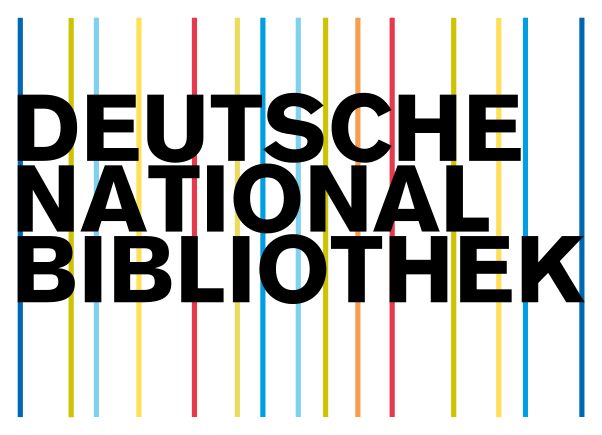A Smart Menu Using Video Processing for Restaurants
Keywords:
Touchscreen, Cost-effective, Video ProcessingAbstract
Restaurants worldwide are trying different techniques to gain customers. It could be with creative advertising or by providing high-tech interactions with the customers. Several restaurants have adopted table that include touchscreen (table - sized) with which one can place order and use the same as table. By keeping this in mind a tabletop based eco- friendly touch sensing system is proposed in this project. This screen is simply a paper placed on the glass table. The touch sensing based advanced menu ordering is the method by which anyone will select any items by their choice which are in menu. Here video processing is performed using MATLAB and Simulink to get the finger blob, help of camera placed under the table. The list of selected items and total amount is spoken to the user for their confirmation, after confirmation the same order will be sent to chef. With the proposed technique, we propose an e - wasteless, cost - effective eco - friendly touch sensing system.
Downloads
References
H. Elfekey, H. A. Bastawrous, and S. Okamoto, “A touch sensing
technique using the human body extremely low frequency fields,”
Sensors, vol. 16, no. 12, 2016.
K. Tachi, S. Okamoto, Y. Akiyama, and Y. Yamada, “Hum
touch: Finger gesture recognition on hydrogel-painted paper using
hum-driven signals,” in Proceedings of IEEE Global Conference
on Consumer Electronic, 2019, pp. 157–159.
H. Elfekey, S. Okamoto, and Y. Yamada, “Localization of touch
on granite based on ac hum noise,” in Proceedings of IEEE
Global Conference on Consumer Electronic, 2017, pp. 163–164.
H. Elfekey and S. Okamoto, “Turning surfaces into touch panels:
A Granite-touch pad, ser. Lecture Notes in Electrical Engineering.
Springer, 2016, vol. 432, pp. 301–304.
J. A. Paradiso, K. Hsiao, J. Strickon, J. Lifton, and A. Adler,
‘‘Sensor systems for interactive surfaces,’’ IBM Syst. J., vol. 39,
nos. 3–4, pp. 892–914, Jul. 2000.
G. Laput and C. Harrison, ‘‘Surfacesight: A new spin on touch,
user, and object sensing for IoT experiences,’’ in Proc. CHI Conf.
Hum. Factors Comput. Syst., New York, NY, USA, 2019, pp. 1–
Microvision. (2020). Product Brief: Short-Throw Interactive
Display Module & Starter Kit. Accessed: Jun. 2021. Available:
http://www.microvision.com/wpcontent/uploads/2020/01/DB0140010_ MV-2407sti421_Product_Brief.pdf.
H. Kubo, S. Jayasuriya, T. Iwaguchi, T. Funatomi, Y.
Mukaigawa, and S. G. Narasimhan, ‘‘Programmable non-epipolar
indirect light transport: Capture and analysis,’’ IEEE Trans. Vis.
Comput. Graphics, vol. 27, no. 4, pp. 2421–2436, Apr. 2021.
D. Victor. (2017). MicrovisionHandTrack: A Library for
Prototyping Real-Time Hand Tracking Interfaces Using
Convolutional Neural Networks. Accessed: Apr. 2021. [Online].
Available: https://github.com/ victordibia/handtrack.js/
Downloads
Published
How to Cite
Issue
Section
License
Copyright (c) 2022 Perspectives in Communication, Embedded-systems and Signal-processing - PiCES

This work is licensed under a Creative Commons Attribution 4.0 International License.






